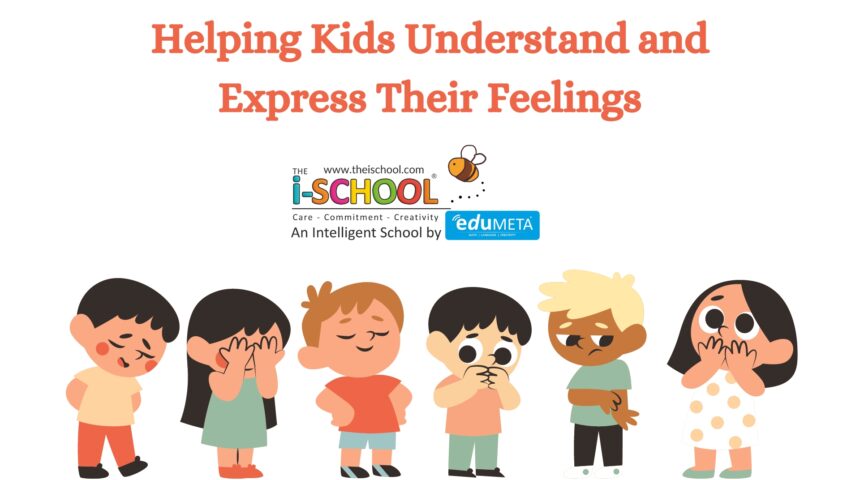Helping Kids Understand and Express Their Feelings

Understanding and expressing emotions are vital skills for children as they grow and develop. Helping children recognize their feelings and articulate them in healthy ways can significantly impact their emotional intelligence, relationships, and mental well-being. As parents and educators, providing guidance in this area fosters a supportive environment where kids feel safe to express themselves.
Why Emotional Understanding Matters
Children experience a wide range of emotions, but they often lack the vocabulary or understanding to express what they feel. Teaching kids to understand their feelings is important because it helps them:
- Build Emotional Awareness: By learning to recognize different emotions, children gain insight into how their feelings influence their behavior and decisions.
- Develop Healthy Communication: When kids can articulate their emotions, they are more likely to express themselves constructively, reducing frustration and misunderstandings.
- Enhance Emotional Regulation: Understanding emotions allows children to manage them better, helping them cope with strong feelings like anger, sadness, or excitement.
Steps to Help Kids Understand Their Feelings
1. Name the Emotion
One of the most important steps in helping children express their feelings is giving them the vocabulary to name their emotions. Whether they’re feeling happy, sad, angry, or confused, having words for their emotions empowers them to communicate how they feel.
- Use Emotion Words Frequently: Incorporate words like “excited,” “frustrated,” “worried,” and “proud” in daily conversations. For example, if a child is upset about a broken toy, you can say, “It looks like you’re feeling sad because your toy broke.”
- Label Your Own Emotions: Children learn by example. By openly sharing your emotions, you show children that it’s okay to talk about feelings. You might say, “I feel proud because you worked so hard on your project.”
2. Encourage Open Communication
Create an environment where children feel safe expressing their emotions without fear of judgment. Let them know that all feelings are valid, and it’s okay to feel a range of emotions.
- Ask Open-Ended Questions: Instead of asking “Are you okay?” try “How are you feeling about what happened?” This encourages kids to reflect on their emotions and provides them with the opportunity to open up.
- Validate Their Feelings: Sometimes children just need to feel heard. When they share how they’re feeling, respond with empathy. For example, “I understand why you’re feeling angry—it can be frustrating when things don’t go as planned.”
3. Use Storytelling and Play
Stories, books, and role-play can be powerful tools for helping children understand emotions. When they see characters experiencing different feelings, it helps them relate and recognize those emotions in themselves.
- Read Books About Emotions: Look for children’s books that focus on feelings and emotions. Discuss the characters’ emotions and ask your child how they would feel in a similar situation.
- Engage in Role-Play: Create scenarios where children can act out different emotions or solve problems. For example, pretending a favorite toy is sad can help a child explore how to comfort and express empathy.
Teaching Emotional Expression
1. Encourage Creative Outlets
Children may not always have the words to express their emotions, but creative outlets like drawing, dancing, or writing can help them process feelings.
- Art and Drawing: Encourage children to draw how they feel. It can be easier for them to express sadness, anger, or happiness through colors and shapes.
- Music and Movement: Sometimes moving the body can help release strong emotions. Dancing or playing with musical instruments allows kids to express themselves freely.
2. Model Healthy Coping Strategies
Show children healthy ways to manage their emotions, whether it’s deep breathing, taking a break, or talking through their feelings.
- Teach Breathing Techniques: Simple breathing exercises can help children calm down when they’re overwhelmed by strong emotions.
- Problem-Solving Together: If a child is upset, help them work through the situation by offering solutions. For example, “If your friend took your toy, what can we do to make things better?”
Conclusion
Helping kids understand and express their feelings is essential for their emotional and social development. By teaching children the language of emotions, encouraging open communication, and modeling healthy ways to cope, we equip them with tools to navigate their feelings throughout life.
